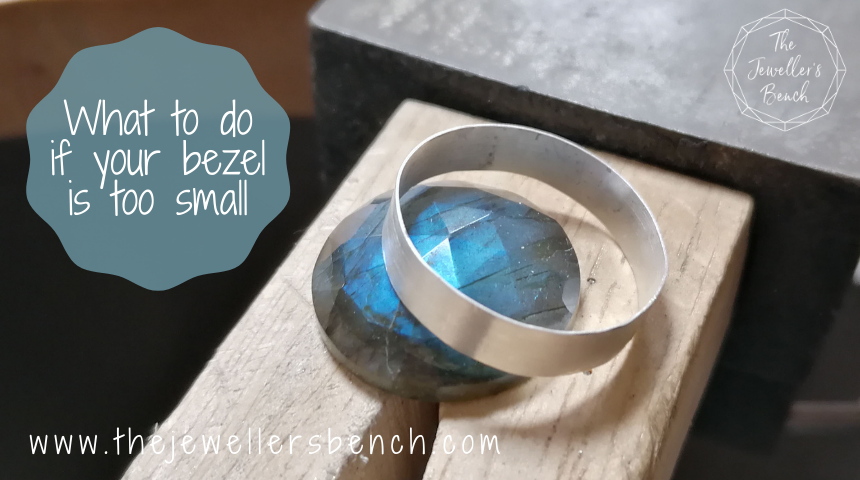Ten Facts about Diamond, April's birthstone

Beautiful sparkly diamonds! The hardest substance on earth makes beautiful jewellery.
Diamonds are the very hardest natural substance on earth - and are found in space too!
Read on to find out more about diamonds through the ages...

1. The word diamond derives from the Greek word “adamas,” which means invincible or indestructible. Diamonds are the very hardest natural substance. The only thing that can scratch a diamond is another diamond - but hit it in the right place with a jade hammer and it will crack! Don’t worry about breaking the diamonds in your jewellery, though - it takes special knowledge and analysis of the stone’s internal crystal structure to split a diamond into smaller sections.
2. Diamonds are billions of years old—in some cases more than three billion years old. They are made of a single element—they’re nearly 100% carbon. Under the immense heat and pressure far below the earth’s surface, the carbon atoms bond in a unique way that results in diamonds’ beautiful and rare crystalline structure. Diamonds form about 100 miles below ground and have been carried to the earth’s surface by deep volcanic eruptions.
3. The ancient Romans and Greeks believed that diamonds were tears cried by the gods or splinters from falling stars, and Romans believed that Cupid’s arrows were tipped with diamonds - perhaps the earliest association between diamonds and romantic love!
4. Diamonds have been valued and coveted for thousands of years. There is evidence that diamonds were being collected and traded in India as early as the fourth century BC. In the first century AD, the Roman naturalist Pliny is quoted as having said, “Diamond is the most valuable, not only of precious stones, but of all things in this world.”
5. Ancient Hindus used diamonds in the eyes of devotional statues, and believed that a diamond could protect its wearer from danger. Many ancient cultures believed that diamonds gave the wearer strength and courage during battle, and some kings wore diamonds on their armor as they rode into battle. During the Middle Ages diamonds were thought to have healing properties able to cure ailments ranging from fatigue to mental illness.

6. The countries that are the main sources of diamonds have changed over time. India was the world’s original source of diamonds, beginning in the 1400s when Indian diamonds began to be sold in Venice and other European trade centres. Then in the 1700s India’s diamond supplies declined and Brazil became the world’s major source of diamonds, until the late 1800s when a huge diamond reserve was discovered in South Africa.
7. The largest diamond ever discovered was named the Cullinan diamond after the mine in which it was found, and weighed in at an amazing 3106 carats, or 1.33 pounds. Discovered in 1905 in South Africa, the mine’s owner and the South African leaders gave the diamond to King Edward. The Cullinan was eventually cut into nine large diamonds and 100 smaller ones, and the three largest of these are on display in the Tower of London as part of the British Crown Jewels.
8. The Cullinan mine in South Africa had a lucky start to 2020, with not one but 5 rare blue diamonds found in January. Weighing between 10 and 26 carats, all five were recovered in a single week. Their luck has continued as another larger high quality blue diamond has since been found, this one weighing 39.34 carats. The beautiful blues are caused when boron is present as the diamond is formed, and a blue diamond is said torepresent peace, truth, devotion, eternity, chastity and spirituality!

9. Most rough diamonds make their way to Antwerp, Belgium, aptly nicknamed the “diamond capital of the world.” Once the entire production process has been completed, approximately 80% of the world’s diamonds make their way to New York City. There, they are sold (and resold) at a variety of venues including auctions.
10. Scientists have discovered a planet that they believe is composed mostly of carbon, and is one-third pure diamond! Discovered in 2004, the planet orbits a nearby star in the Milky Way, and is named “55 Cancri e” (not a particularly glamorous name!). Perhaps even more amazing, scientists have discovered a star that is essentially a diamond of ten billion trillion trillion carats. They named the star Lucy after the Beatles song “Lucy in the Sky with Diamonds.” I much prefer that name!
11. And a lastly bonus fact for you on a serious note... While diamonds have clearly created a lot of joy for people throughout history, they have too often resulted in suffering in the communities where they’re mined - so if you're buying one please do buy it from a reputable dealer who can provide certificates to prove where it came from! You might want to go further and choose a lab-grown diamond. They have the same physical, chemical, and optical properties as mined diamonds, but with minimal environmental impact.
Want to find out more about using gemstones in your jewellery?
Here are some useful blog posts and tutorials.
Categories: : birthstones, did you know, jewellery facts

Joanne Tinley
Tutor and Founder of The Jeweller's Bench
The Jeweller's Bench is run by Joanne Tinley. She has been making her own jewellery for as long as she can remember and left her first career as a school teacher to set up business as a jewellery designer and tutor nearly 20 years ago. She is
self-taught and like many people started with wire and beads. Learning how to solder, however, opened up a whole new world of jewellery making, one that she is keen to share!
 Joanne Tinley
Joanne Tinley 



